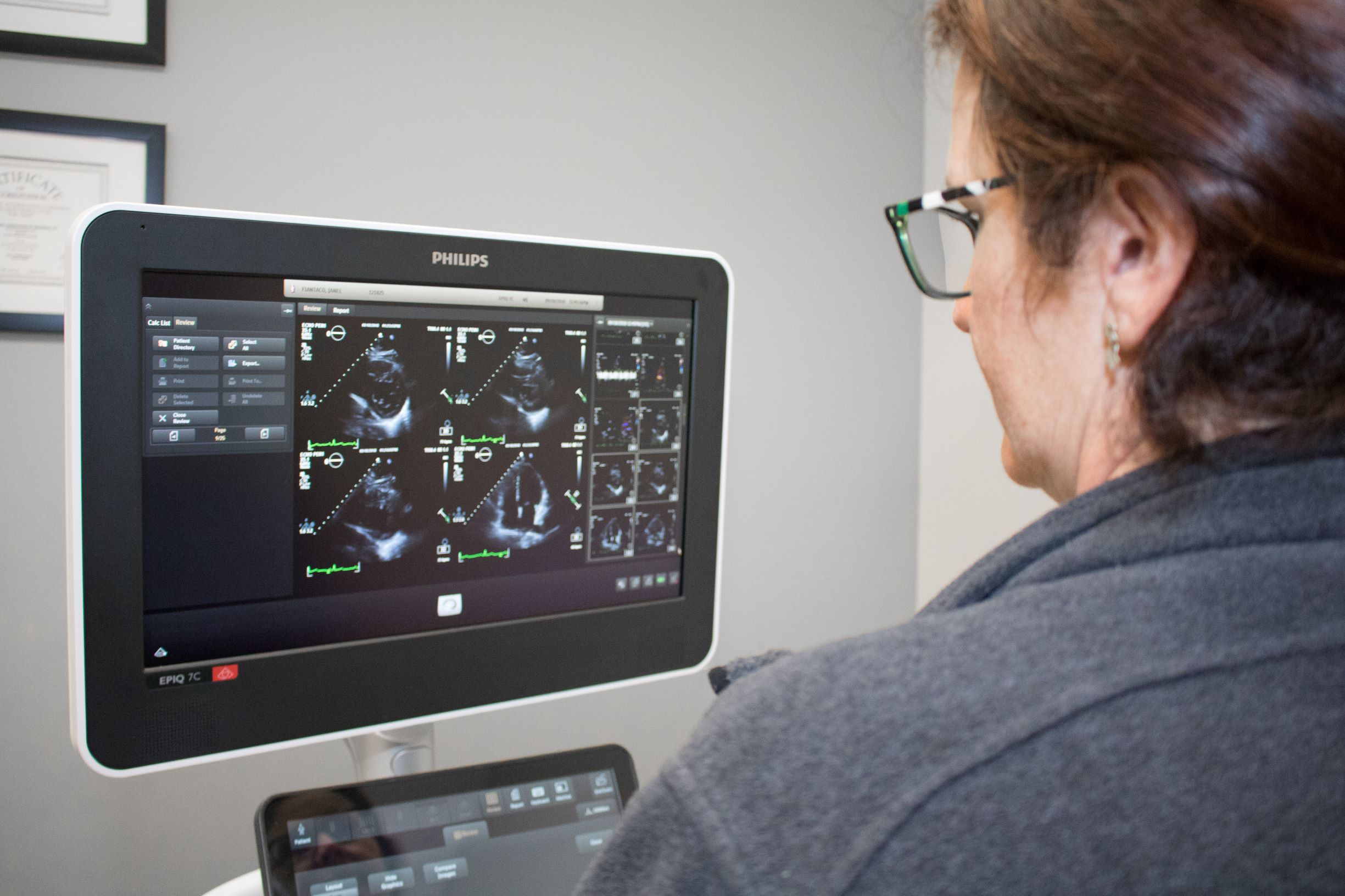Transcatheter Aortic Valve Replacement: How TAVR Procedures can Improve Quality of Life
Within two days after having a transcatheter aortic valve replacement, or TAVR, procedure through Cardiology Associates of Michigan, 94-year-old Gino was back on the road. Today, the Warren resident said he is having no problems at all, and he continues to drive and maintain his independence.
Gino had been experiencing shortness of breath, chest pain, and lightheadedness for quite a while prior to the surgery, which took place in July 2019 at McLaren Macomb. A patient of Dr. Mark Zainea, Gino went in for the procedure on a Wednesday, was out by that Friday, and required little to no recovery time afterward. In fact, he noticed his breathing was much better almost instantly, and his chest pain was gone.
“He didn’t know how bad he felt until he felt good,” his daughter, Gina, says.
TAVR procedures are frequently used to treat patients who have aortic valve regurgitation or aortic valve stenosis. Both are potentially life-threatening conditions, as they can worsen over time without proper treatment.
Cardiology Associates of Michigan has been providing this cutting-edge service to patients for several years, and Gino’s experience mimics that of many of our patients.
Basic Facts about Aortic Valve Stenosis
The aortic valve allows blood to flow from the heart’s lower left chamber (ventricle) into the aorta and to the body. In other words, it controls the blood flow between the heart’s main pumping chamber and main artery, called the aorta.
SEE A DIAGRAM OF THE BASIC PARTS OF THE HUMAN HEART.
Aortic valve stenosis, or aortic stenosis, is a narrowing of the aortic valve. It occurs when the aortic valve becomes narrow and obstructs the flow of blood from the heart to the rest of the body, forcing the heart to work harder to pump blood. As a result, the heart muscle gets thicker, stiffer, and weaker over time. This weakness of the heart muscle is called heart failure.
Depending on the severity of the condition, aortic stenosis symptoms may include:
- shortness of breath
- chest pain
- passing out
- fatigue
- reduced ability to exercise
- swelling in the ankles
- shortness of breath when resting
- an inability to lie flat
- sudden death

Transcatheter aortic valve replacement, or TAVR, is a minimally invasive procedure that can be life-saving for many heart patients.
Basic Facts About Aortic Valve Regurgitation
When the heart rests between beats, the aortic valve closes to keep the blood from flowing backward into the heart. When you have aortic valve regurgitation, the valve doesn’t close as it should, causing some of the blood to leak back through the aortic valve into the left ventricle. As a result, the body does not get enough blood, so the heart has to work harder to make up for it.
Sometimes this is a chronic condition with symptoms that begin showing years later. In some other rare cases, the problem starts suddenly and requires immediate medical care.
How Transcatheter Aortic Valve Replacement Surgery Works
Traditional aortic valve replacement surgery can be used to treat either aortic valve stenosis or aortic valve regurgitation. Completed through open-heart surgery, it entails removing the damaged valve and replacing it with an artificial valve.
Today, there is another option, known as transcatheter aortic valve replacement, or TAVR. Through this minimally invasive procedure, a replacement valve is wedged into the aortic valve’s place without the removal of the old, damaged valve. The fully collapsible replacement valve is delivered through a catheter. Once the new valve is expanded, it pushes the old valve out of the way, allowing the replacement valve to take over the function of the old valve.
Although this procedure has some risks, including stroke and kidney problems, the TAVR option is literally a life-saving development. Valve replacement is the only cure for aortic valve regurgitation or aortic valve stenosis. Without TAVR, individuals who cannot undergo open-heart surgery would have limited options for symptom relief and further heart failure.
Knowing your options is the first step in heart valve disease treatment. Make an appointment with one our knowledgeable physicians here at Cardiology Associates of Michigan to discuss treatment possibilities.




